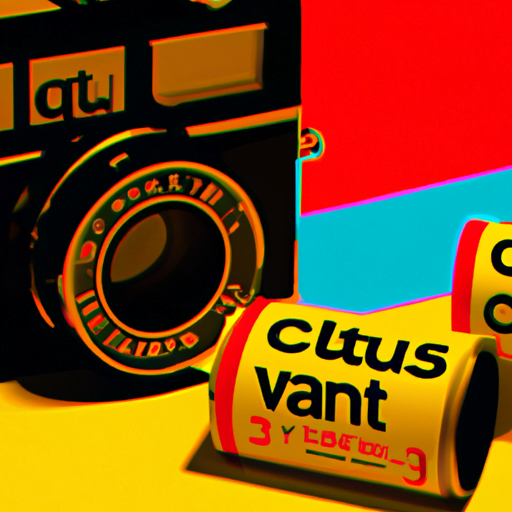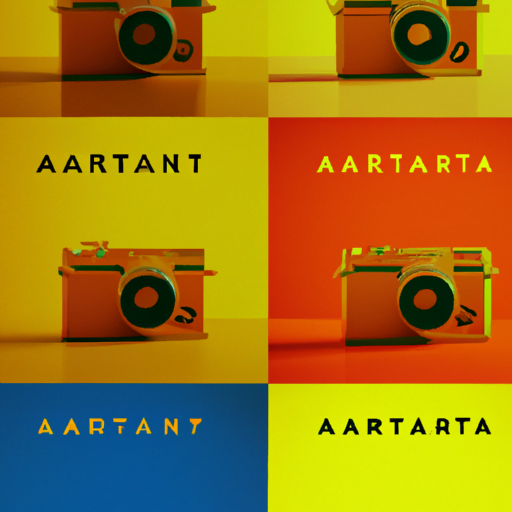
-
Table of Contents
Exploring the Concept of Brutalist Design in Graphics

Brutalist design, characterized by its raw and unapologetic aesthetic, has gained significant attention in recent years. Originally emerging in architecture, the concept has now found its way into various design disciplines, including graphics. In this article, we will delve into the world of brutalist design in graphics, exploring its origins, key characteristics, and its impact on the design industry.
The Origins of Brutalist Design
Brutalism originated in the mid-20th century as an architectural movement. Architects such as Le Corbusier and Louis Kahn embraced the use of raw concrete, exposed structures, and a focus on functionality. The term “brutalism” itself comes from the French word “béton brut,” meaning raw concrete.
Brutalist architecture aimed to create honest and functional spaces, often with a sense of monumentality. The movement rejected the ornamental and decorative elements of previous architectural styles, instead embracing simplicity and the expression of materials.
Brutalism in Graphics
Brutalist design principles have now been adopted by graphic designers, who have found inspiration in the movement’s raw and honest approach. In the world of graphics, brutalism is characterized by its use of bold typography, monochromatic color schemes, and a disregard for conventional design rules.
One of the key characteristics of brutalist design in graphics is its emphasis on functionality and clarity. Designs often prioritize legibility and direct communication, stripping away unnecessary elements and focusing on the core message. This approach can be seen in the minimalist and straightforward designs of brands like Apple and Google.
Key Characteristics of Brutalist Design in Graphics
1. Bold Typography: Brutalist design often features large, bold typography that demands attention. This typography is typically sans-serif and can be used to convey a strong message or create a visual impact.
2. Monochromatic Color Schemes: Brutalist graphics tend to use a limited color palette, often opting for monochromatic schemes. This simplicity allows the focus to remain on the content and message, rather than being distracted by excessive colors.
3. Raw and Unpolished Aesthetic: Brutalist design embraces imperfections and roughness. It often incorporates textures, grainy images, and unrefined elements to create a sense of authenticity and honesty.
4. Disregard for Conventional Design Rules: Brutalist design challenges traditional design principles and rules. It breaks free from the constraints of symmetry, grids, and balance, allowing for more experimental and unconventional layouts.
Examples of Brutalist Design in Graphics
Let’s explore some examples of brutalist design in graphics:
- The website of the Museum of the Moving Image features a brutalist design with bold typography, monochromatic color scheme, and a raw aesthetic. The design reflects the museum’s focus on the history and art of moving images.
- The branding of the music festival “Unsound” embraces brutalist design principles. The use of bold typography and a monochromatic color scheme creates a visually striking identity that aligns with the festival’s experimental and avant-garde nature.
- The book cover design for “Brutal London” by Simon Phipps showcases the essence of brutalist design. The use of raw concrete textures and bold typography captures the spirit of the architectural movement, translating it into the world of graphics.
The Impact of Brutalist Design in Graphics
Brutalist design in graphics has had a significant impact on the design industry. It has challenged the notion of what is considered “good design” and has opened up new possibilities for experimentation and creativity.
One of the key contributions of brutalist design is its emphasis on functionality and clarity. By stripping away unnecessary elements and focusing on direct communication, brutalist graphics can effectively convey messages and engage audiences. This approach has influenced the design of user interfaces, websites, and branding, leading to more user-friendly and accessible experiences.
Furthermore, brutalist design has sparked conversations about authenticity and honesty in design. By embracing imperfections and raw aesthetics, designers can create designs that feel genuine and relatable. This departure from overly polished and artificial visuals has resonated with audiences who seek more authentic experiences.
Summary
Brutalist design in graphics draws inspiration from the architectural movement of the mid-20th century. It embraces bold typography, monochromatic color schemes, and a raw aesthetic. Brutalist design challenges conventional design rules and prioritizes functionality and clarity. It has had a significant impact on the design industry, influencing user interfaces, websites, and branding. By embracing imperfections and authenticity, brutalist design offers a refreshing alternative to overly polished visuals. As the concept continues to evolve, it will be fascinating to see how designers push the boundaries of brutalist design in graphics.
